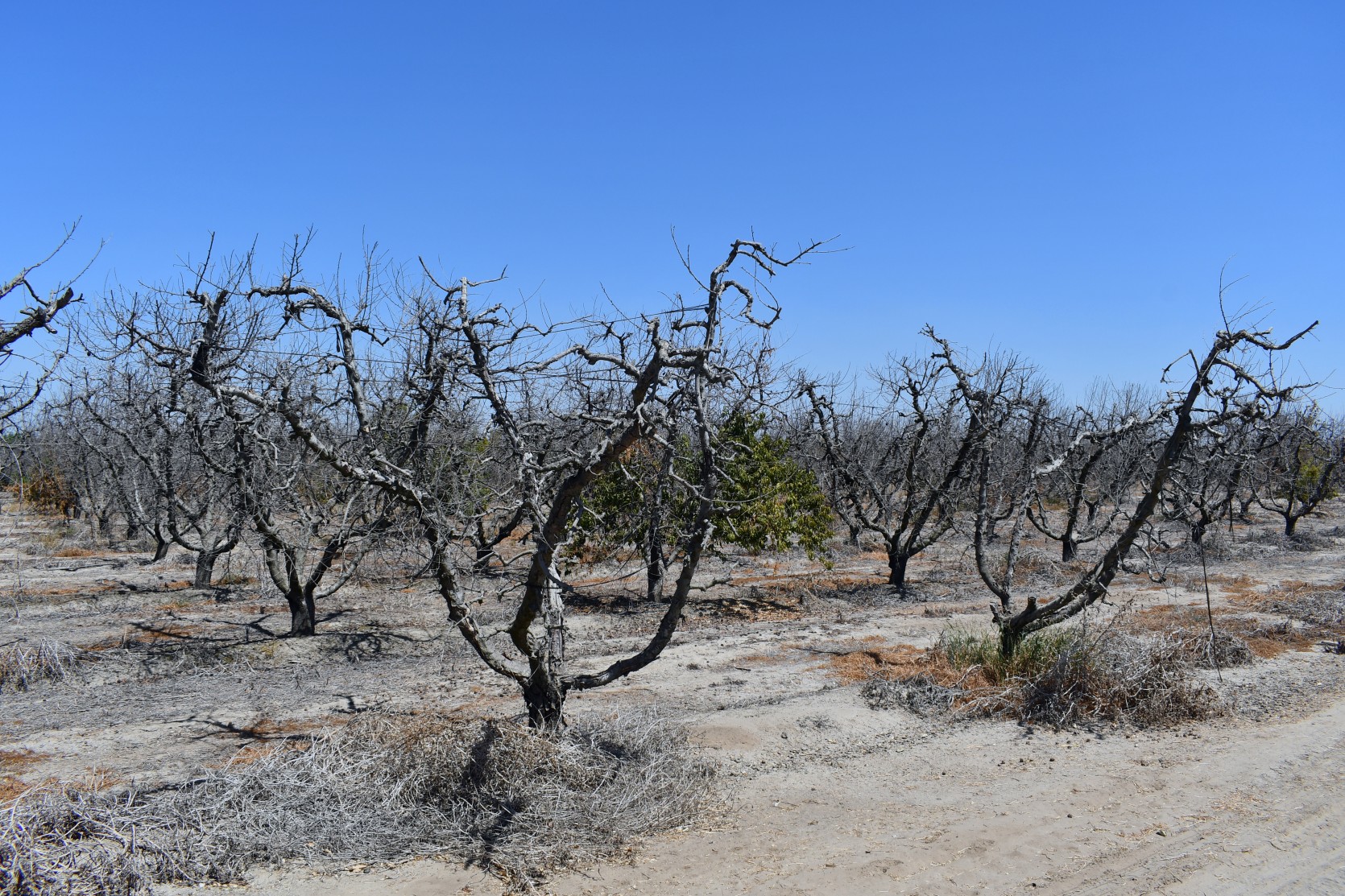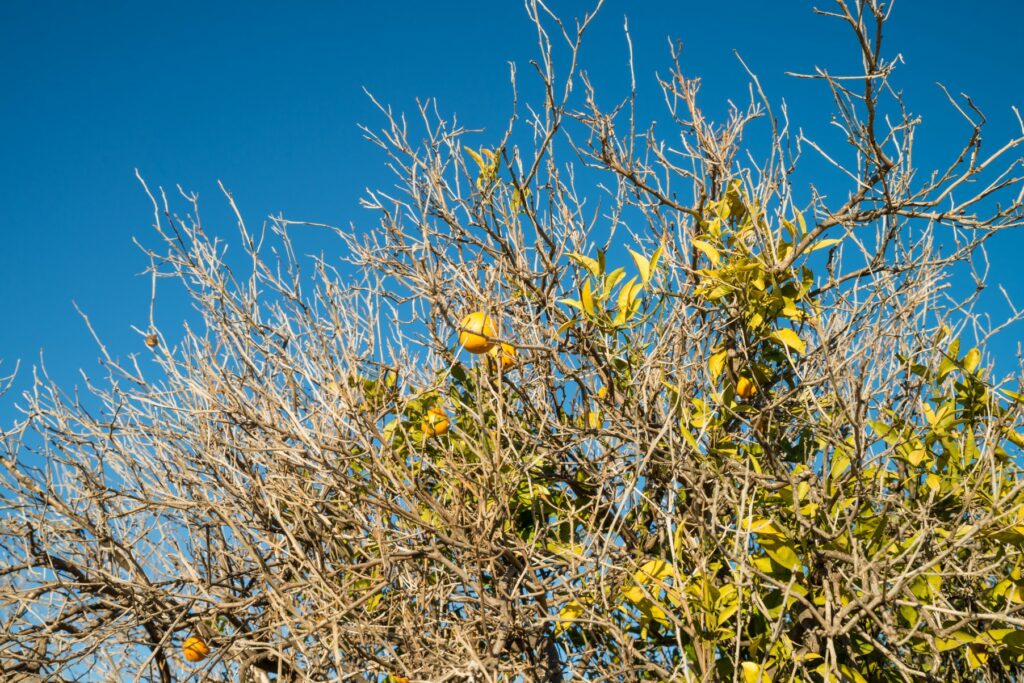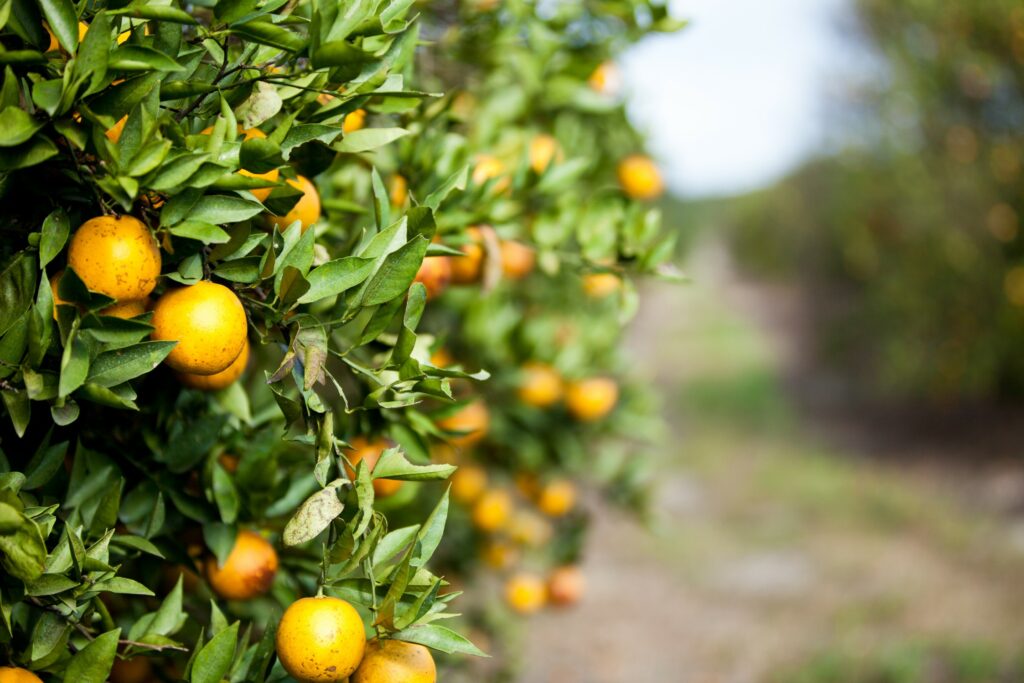
Heavy Rain, Flooding, and Chance of Severe Weather Staring Down the Southern U.S.
January 22, 2024
Posted: October 19, 2022 10:55 pm





When Hurricane Ian first hit, the nation was shocked by images of homes falling apart under 12-foot waves. Though the giant floods have passed, Florida residents are still struggling with the aftermath. In addition to real estate damage along the coast, the hurricane has caused surprising disasters inland too. Hurricane Ian’s effects on the citrus industry have been particularly devastating.
Did you know that Florida is one of the leading providers of citrus fruit around the nation? The sunny weather and warm temperature mean that Florida produces 42% of the citrus fruit in the United States. And unlike many other industries, Florida’s citrus crops aren’t usually grown by big corporations. Instead, it’s primarily small, local orange groves run by family farms.
Sadly, these family farms have faced drastic damage from Hurricane Ian. As the storm traveled over Florida, it went right through the part of central Florida that grows most of the state’s oranges. As strong winds ripped through the orchards, unripe fruit was torn off the trees. All of this unripened fruit can’t be salvaged, so it’s currently just rotting away on the ground. In many areas, the damage goes beyond just losing crops. High winds also uprooted trees and tore off branches, and in some areas, lightning strikes caused further damage.
Citrus farmers throughout Florida are reporting massive amounts of damage. Roy Petteway, the fifth generation to run Petteway Citrus and Cattle, reports that 40% of their crop is lost. Another local business owner, John Matz, reported that more than half of his crop was currently rotting on the ground.
All of this Hurricane Ian damage adds up to a disastrous outcome. Citrus yields for 2022 were already fairly low because of other climate issues. Now, with half of the crop blown off of the trees too soon, the amount of available citrus from Florida farms is even lower. Financial experts are predicting that it will be Florida’s lowest yield since WWII when all the farmers left to fight.
What will this mean for the average citrus lover? We probably won’t be seeing heaping baskets full of fresh oranges in the store anytime soon. Though California markets can pick up a little bit of the slack, Hurricane Ian’s damage still means that nationwide citrus supplies could drop by as much as 20%. This will most likely lead to skyrocketing prices for citrus. For the next year or two, having an orange, grapefruit, or tangerine might be an occasional luxury instead of a cheap, everyday snack.

Why is some storm damage completely destroying the whole citrus market? Unfortunately, it’s all a matter of timing. First of all, the storm hit just a few weeks before most citrus started to ripen. The oranges were already big enough to easily get yanked off a tree, but not ripe enough to sell once they fell off.
Financially, this timing is very rough for farmers. If it came at the beginning of the growing season, they could at least cut back on resources until next year. However, since Hurricane Ian came at the beginning of harvest, farmers have already spent a lot of time watering and fertilizing their plants. Now that their potential harvest is ruined, they won’t be making back all the money they put into it.
Sadly, Ian came five years after the last big disaster struck Florida citrus groves. On average, Petteway explains that it takes five years for a new citrus tree to start producing a full crop of fruit. Farmers who were devastated by Hurricane Irma in 2017 were finally just about to get back on their feet. However, they’re now seeing all their brand-new trees damaged by yet another massive storm.
The Hurricane Ian disaster may sign the death warrant for some farms. Small family farms like Petteway’s and Matz’s farms typically don’t operate on wide margins. Even a slight drop in their profits can be enough to shut them down for good. Finding out at the last minute that they won’t have a successful citrus crop might be enough to close some farms down.

Those who have the savings to weather winter and try again next year will still struggle. All the damage from the hurricane means they won’t be operating at full capacity. Current reports say about 10% of the trees in Hurricane Ian’s path have faced damage. Next year, they won’t be able to produce a full crop. And since it takes new trees about five years to put their roots down and start growing fruit, it may be quite a while before Florida citrus farms are up and running again.
Since so much of the state’s citrus is run by small farms, this could end up changing Florida as we know it. If a wide swath of farmers can’t recover from Hurricane Ian, they may be forced to shut down and sell their land to developers or miners. Especially if a few more big storms hit, Florida may lose its place as one of the nation’s main citrus providers.

January 21, 2024

January 19, 2024

January 18, 2024